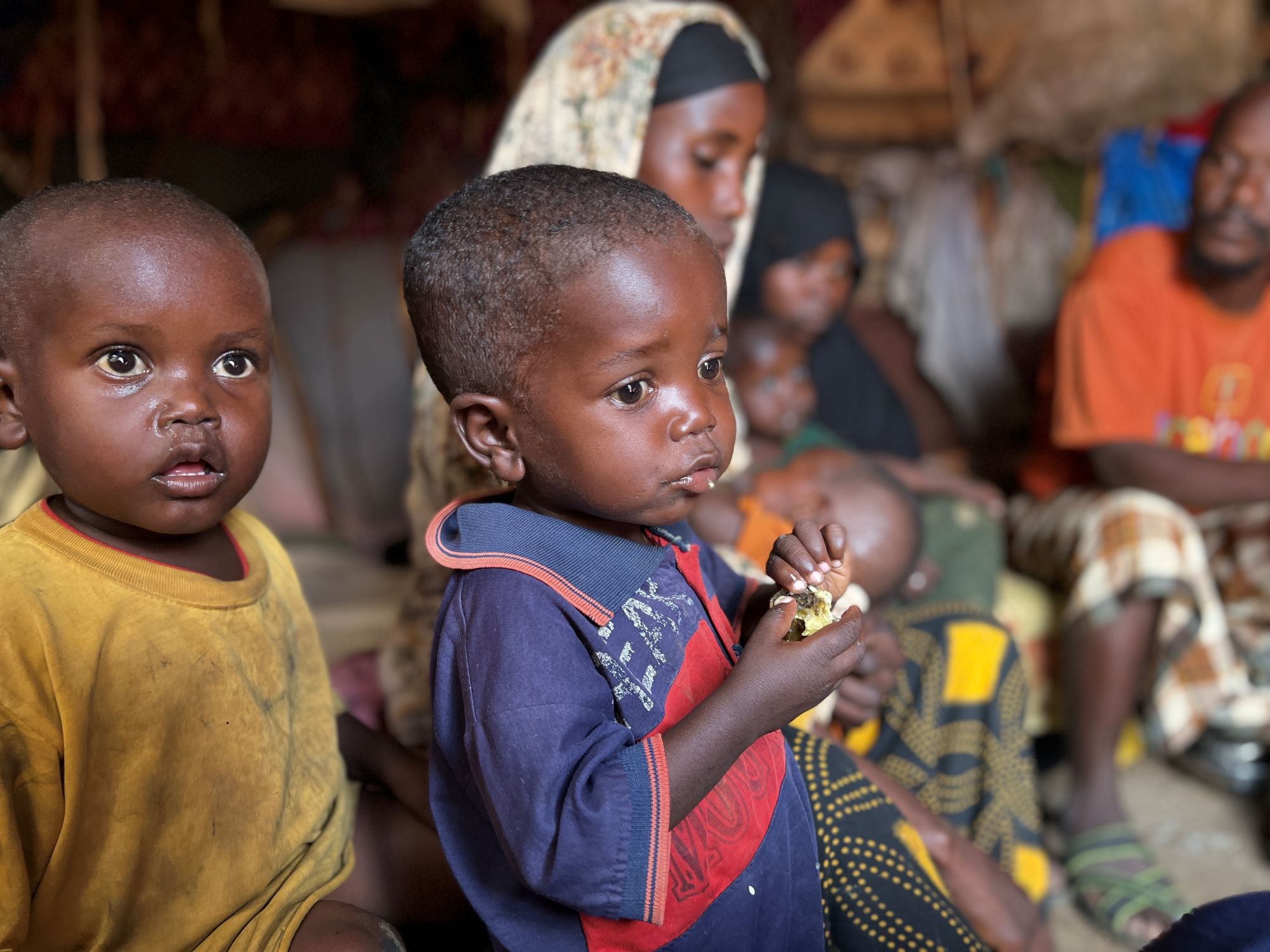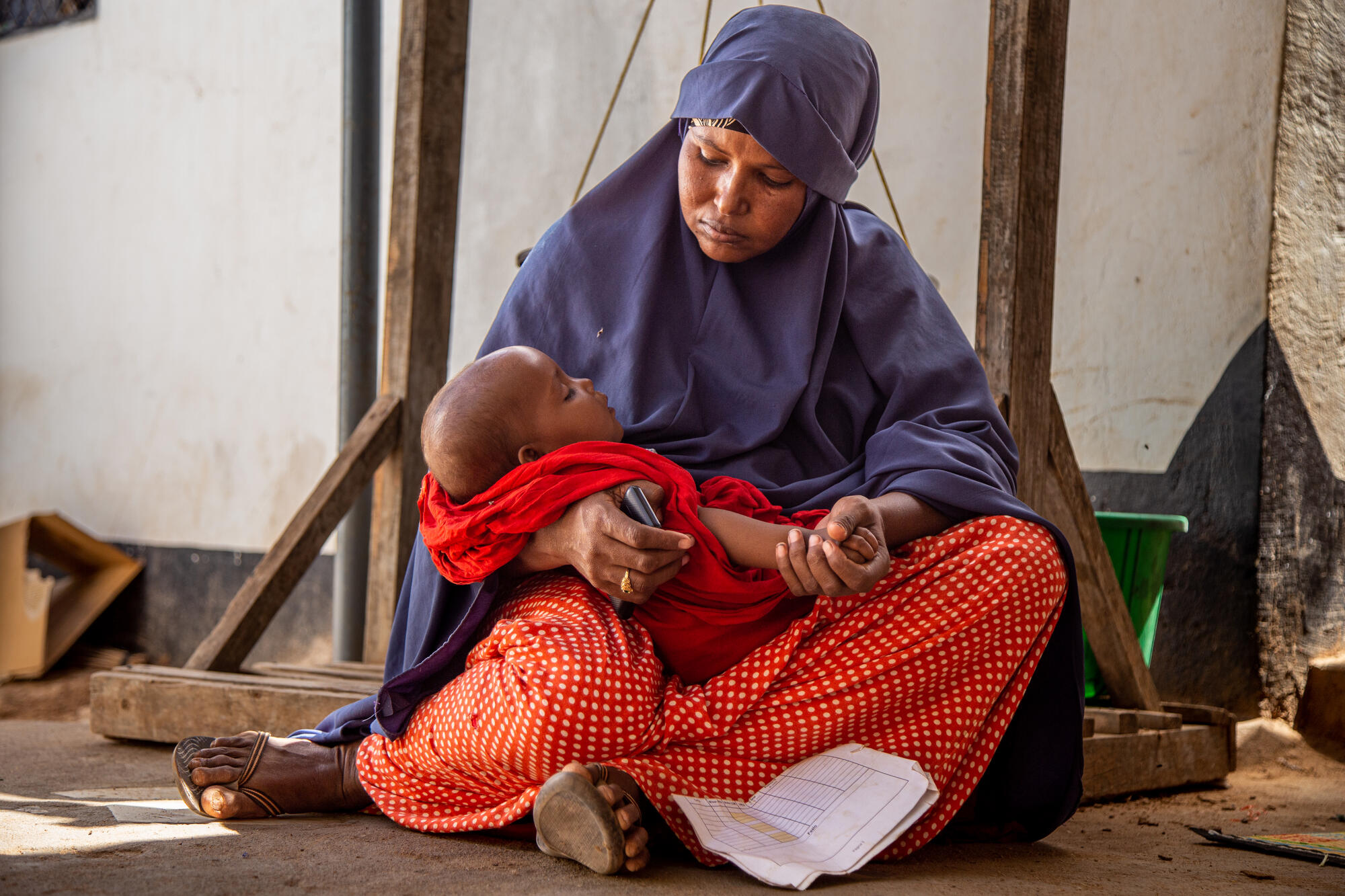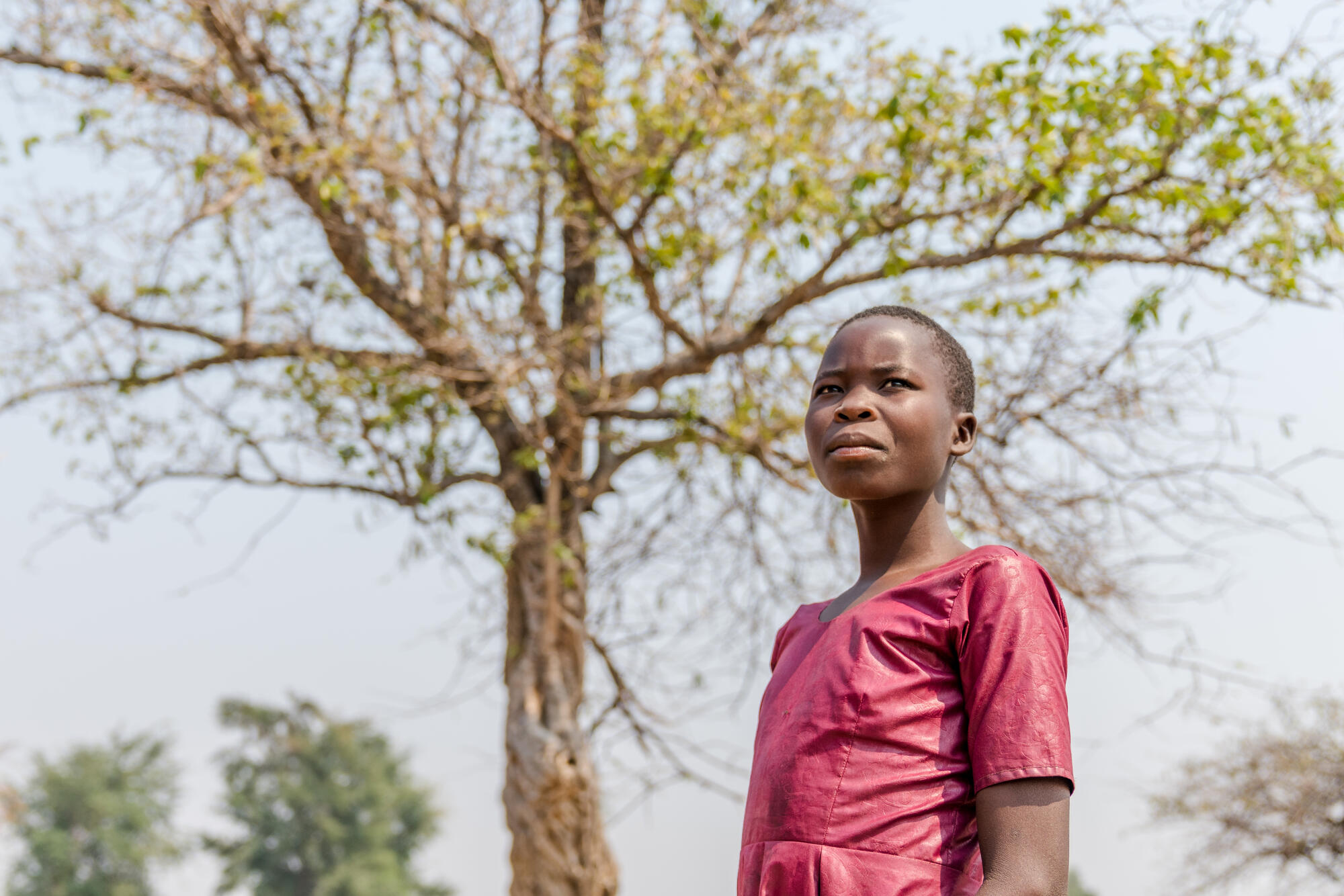
Five drivers of child hunger you might not expect
Explore the lesser-known issues driving today's global hunger crisis.
What do you think of when you hear the words global hunger crisis? Often the first pictures that come to mind are drought-dried land and crops withering in the fields under blistering heat.
It’s true that drought and other climate-related factors are major drivers of the current hunger crisis. Conflict and the rising cost of living are some of the other big ones that regularly make the news headlines. But hunger is complex, and some of the other reasons that children don’t have enough of the right food to grow healthy might surprise you. Here are five of them:
Read on to learn how each of these is driving the hunger crisis, and discover how you can be part of the solution to ending child hunger once and for all.

1. Storms and floods
It’s not just too little rain that kills crops but too much rain as well. Flooding can wipe away a year’s worth of crops in one big weather event. Vital infrastructure like fences, irrigation channels, farming equipment and roads, as well as families’ homes and belongings, are often lost or damaged at the same time.
The clean up and replacement of what was lost can be financially crippling for families, compounded by food prices rising because there is less locally available. And with storms becoming more frequent and more severe all around the world, the downward economic cycle triggered by natural disasters like flooding is becoming harder to escape.
For families like Sipra’s in Bangladesh, disasters like flooding and cyclones regularly sweep homes and crops away, and generational poverty means children grow up without essentials like enough food and healthcare.
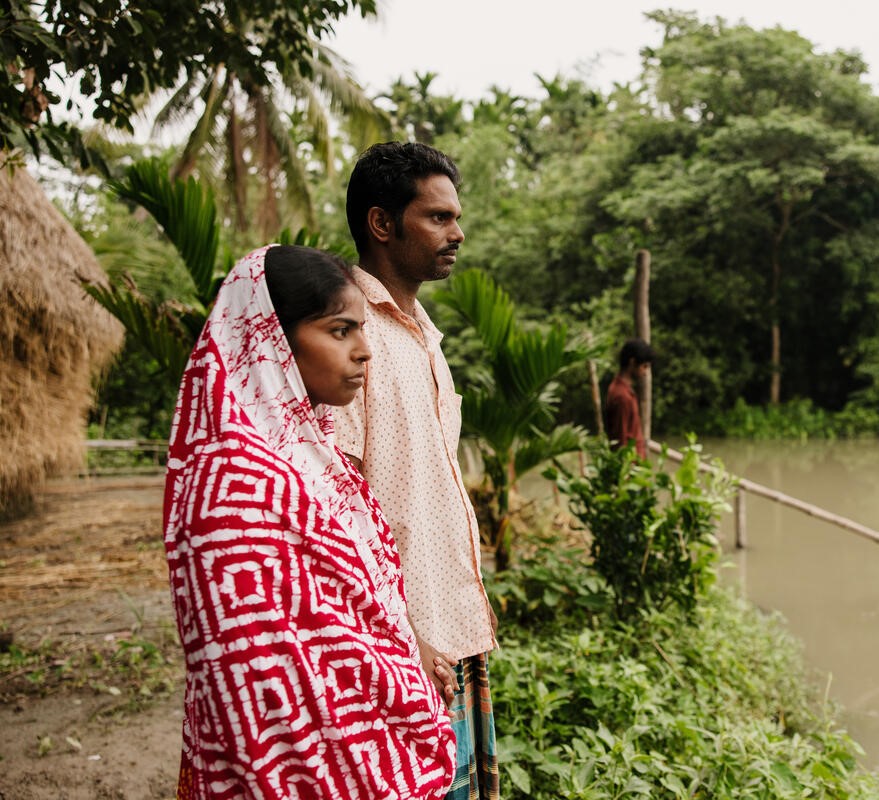
Sipra
Sponsored child’s mother, Bangladesh
2. Lack of education
Hunger and malnutrition aren’t always due to a lack of food. Sometimes it’s about a lack of nutritious foods. In some of the places we work, the ground is so fertile that things grow everywhere and crops flourish. And yet, there are still children who are malnourished, despite being surrounded by fresh fruits and vegetables.
That’s because low levels of education mean parents have never learned about nutrition and what children need to grow healthy, and the most affordable foods at the local stores are the non-nutritional, highly processed options.
Imported processed food is often perceived as better than local fare. And let’s face it, getting a child to eat a packet of cookies over a plate of vegetables is easier for any parent anywhere.
Many parents aren’t aware that a child can be malnourished despite having plenty (of the wrong food) to eat.
“Families in rural communities usually have their crops and access to healthy foods. However, there isn't a culture of consuming them. Instead, they sell their produce and buy foods that are not healthy.” - Genesis Castrillo, World Vision Ecuador Nutrition Project Specialist.
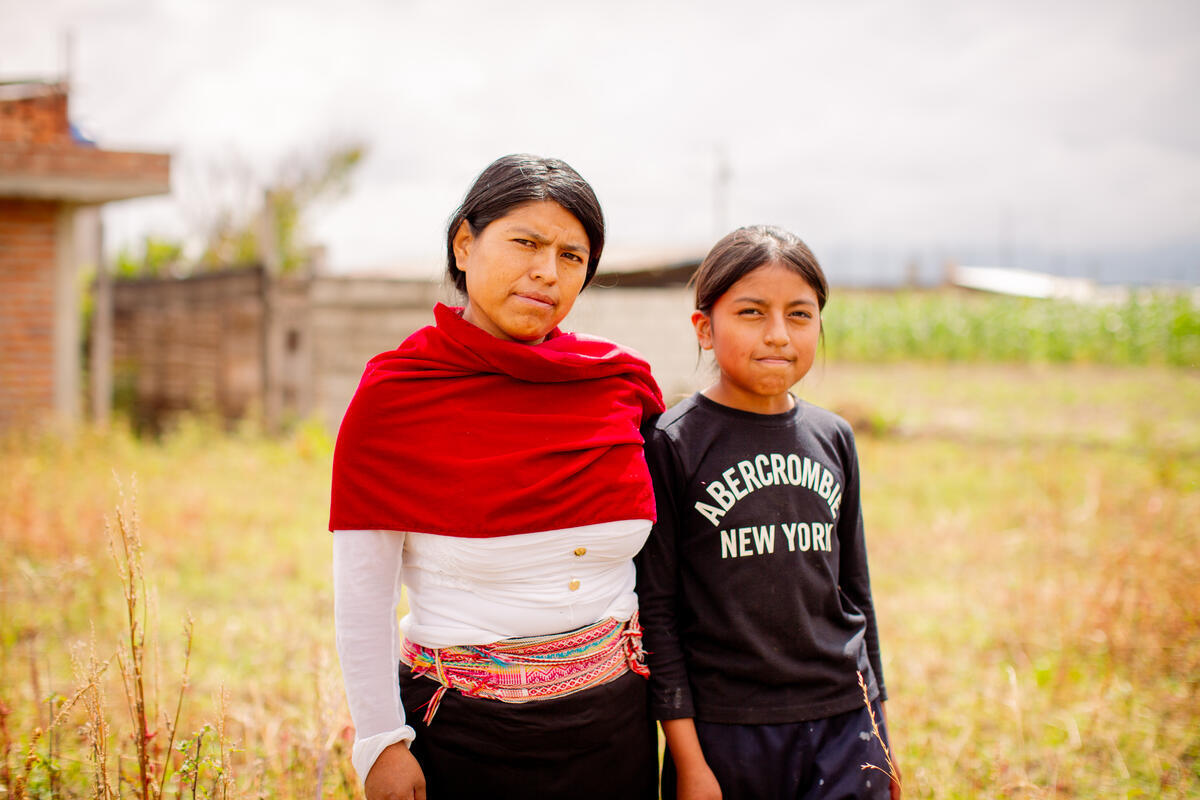
3. Teen pregnancy
Becoming pregnant as a teenager can be damaging for girls in lots of ways – physically, emotionally, socially and financially – and the effects can last for generations. Poverty is both a cause and consequence of teen pregnancy – girls living in poverty with lower levels of education are more likely to become pregnant, which in turn leads to lower education levels, fewer job opportunities and lower incomes for young mothers, making their children much more vulnerable to hunger. Ecuador, for instance, has one of the highest rates of teen pregnancy in South America, as well as one of the highest rates of child malnutrition. A 2023 study found that 18,000 children were born to children in Ecuador. Around 10,000 of those pregnancies were children aged 10-14 – a situation that perpetuates the cycle of poverty and malnutrition.
"Children of teenage mothers often turn out to be malnourished and many times they are born with malnutrition because a pregnant teenage mother does not take care of herself in the same way as an older mother." - Carmen Cando, Ministry of Economic and Social Inclusion, Ecuador.
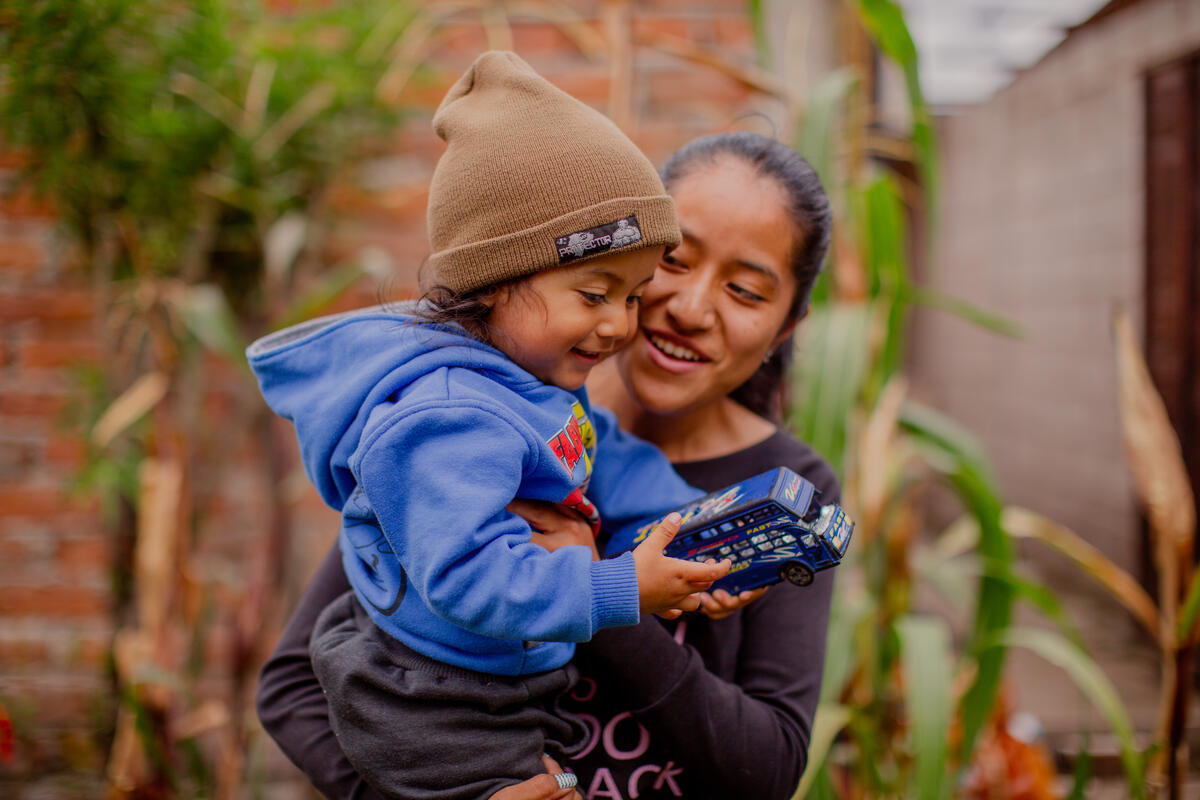
4. Lack of infrastructure
In some parts of the world, the biggest challenge to food security isn’t the lack of things like fertile soil or water needed to grow food – it’s a lack of the infrastructure needed to be able to use those resources effectively to produce and sell food.
Without water pipes and drainage to make irrigation possible, farmers have to rely on sporadic rainfall and their harvests are lower and often fail. Without roads, fewer farmers can get their crops to market, which reduces the availability of food, drives up prices, and makes it harder for farmers to earn an income.
In Abaya, Ethiopia, Yosef’s family lived so close to the river that they could hear it – but until sponsorship helped their community install water infrastructure, they couldn’t irrigate their crops.
“Sponsorship built an irrigation canal so that my father and other community members could produce crops three times a year, which has greatly improved our life. We now have enough clothing and eat three meals per day. We've now built a four-room home, and we no longer share it with cattle.” Yosef, sponsored child, Ethiopia.
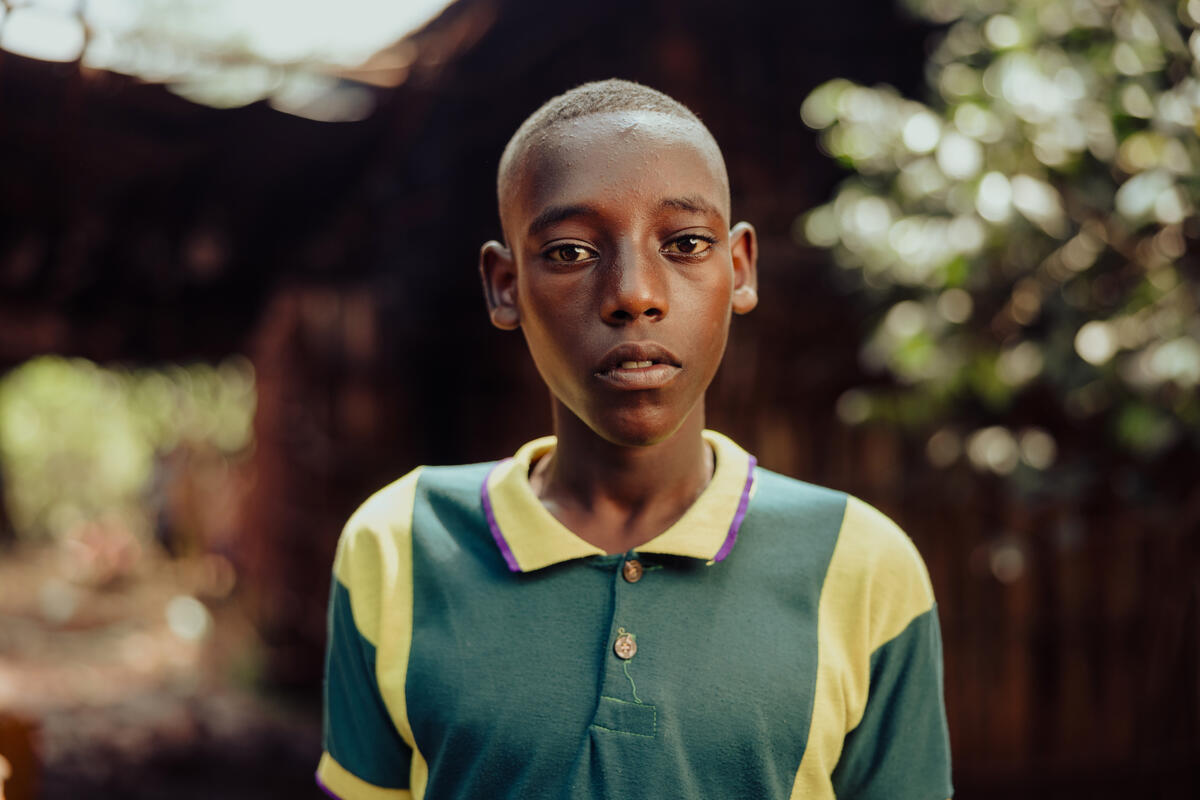
5. Gender norms
Two in every three of the people facing severe food insecurity in the world today are women and girls. Women produce up to 80% of the food in developing countries, but at the same time, they face a string of gender-related challenges that make them more likely to be affected by hunger.
Women and girls are less likely to be educated and given opportunities, less likely to be able to access financial services, less likely to have access to tools and fertiliser, and more likely to be expected to carry the full domestic load as well as work in the fields. Women face legal disadvantages too – in many countries, land rights belong to men and men make the household decisions about money.
The consequences of gender inequality are very real and tangible, not just for women but for everyone connected to them. By hindering the potential of half of the population, gender inequality reduces families’, communities’ and nations’ productivity and earning potential, drives hunger, and entrenches generational poverty.
When Hindiya’s husband left her, he sold the land that her father had given them and left her with nothing to support their two small sons. Since meeting World Vision in her village in southern Ethiopia, Hindiya now has the financial support to give her children the resources they need to thrive.
"I can clothe my children, feed them and buy shoes. I am also able to support my sister’s children. My life has greatly improved."
Hindiya was motivated to start her own poultry business. Today, with support from World Vision, business is booming and she has regular clients ordering meat from her each week.
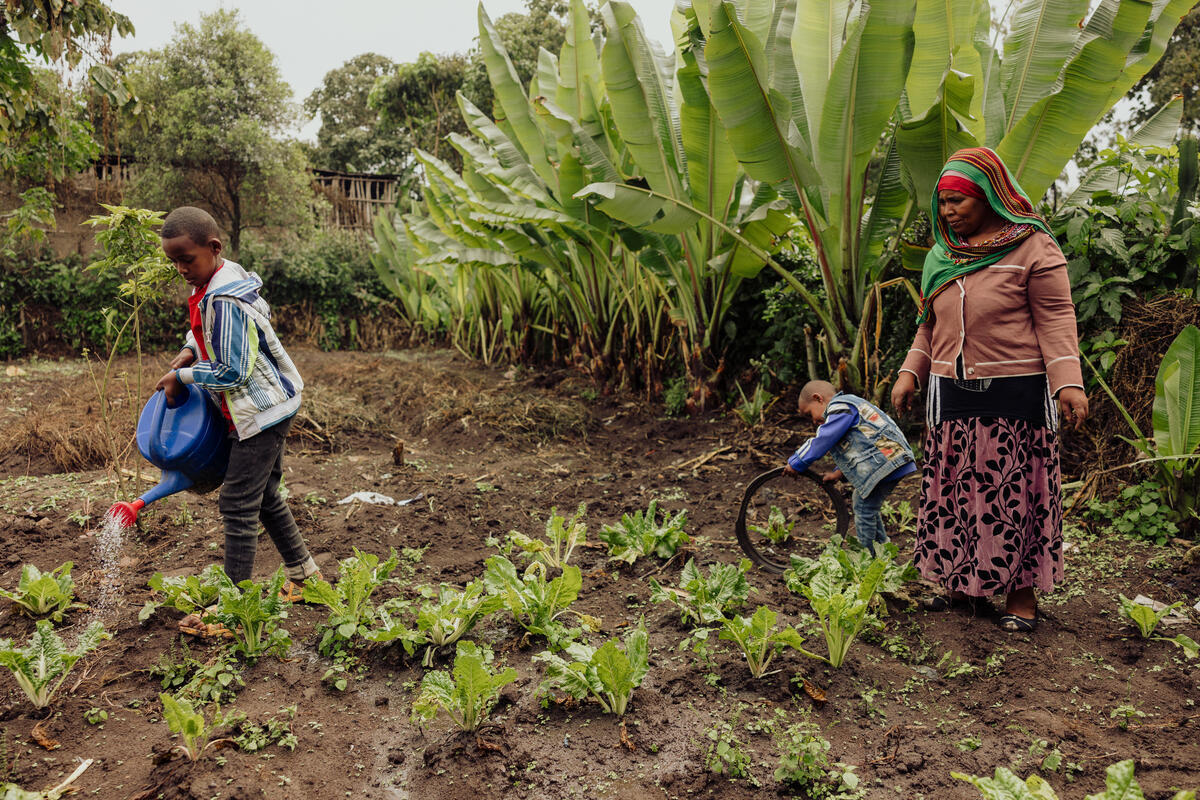
You can be part of the solution
When you sponsor a child, you help address the root causes of hunger. Around the world, sponsors just like you help communities to educate young people about their bodies, their nutritional needs, and the importance of staying in school.
Through sponsorship, you can help families like Hindiya's start small businesses to boost household incomes and local economies to provide alternatives to economic migration.
You can partner with communities like Yosef's to install essential infrastructure like water pumps, irrigation channels, tanks, roads and more.
You can help teach girls, boys, parents, teachers and community leaders about gender equality and how everyone wins when everyone has rights and opportunities.
Together, we can end hunger – for good.

